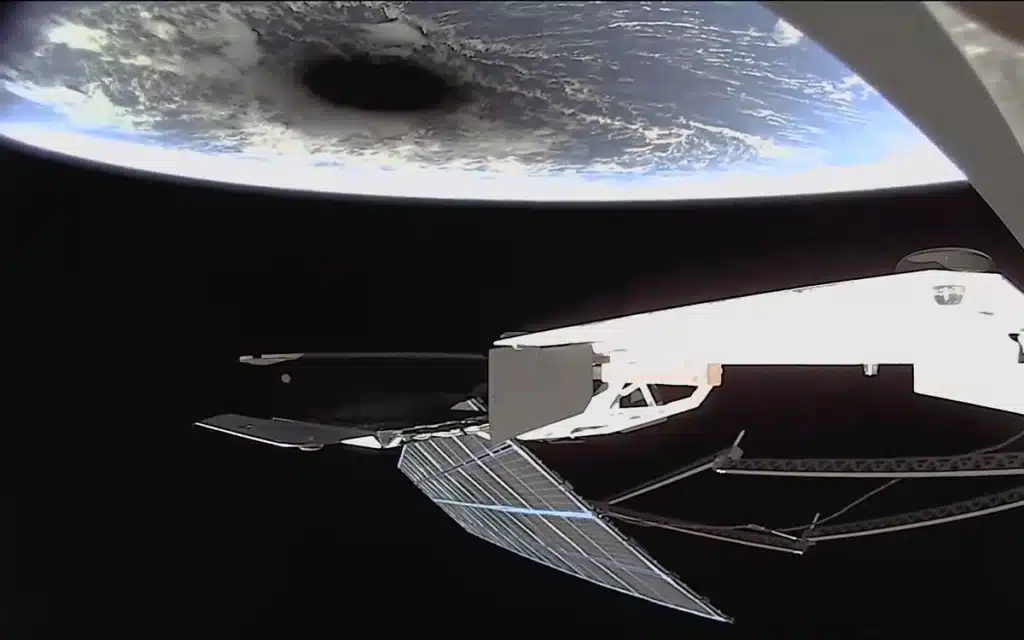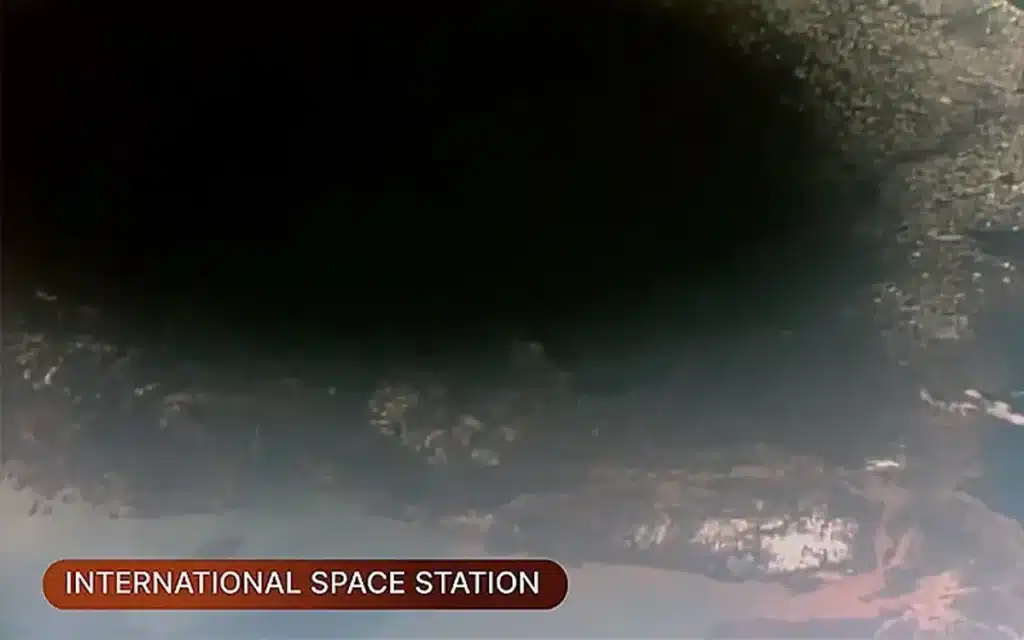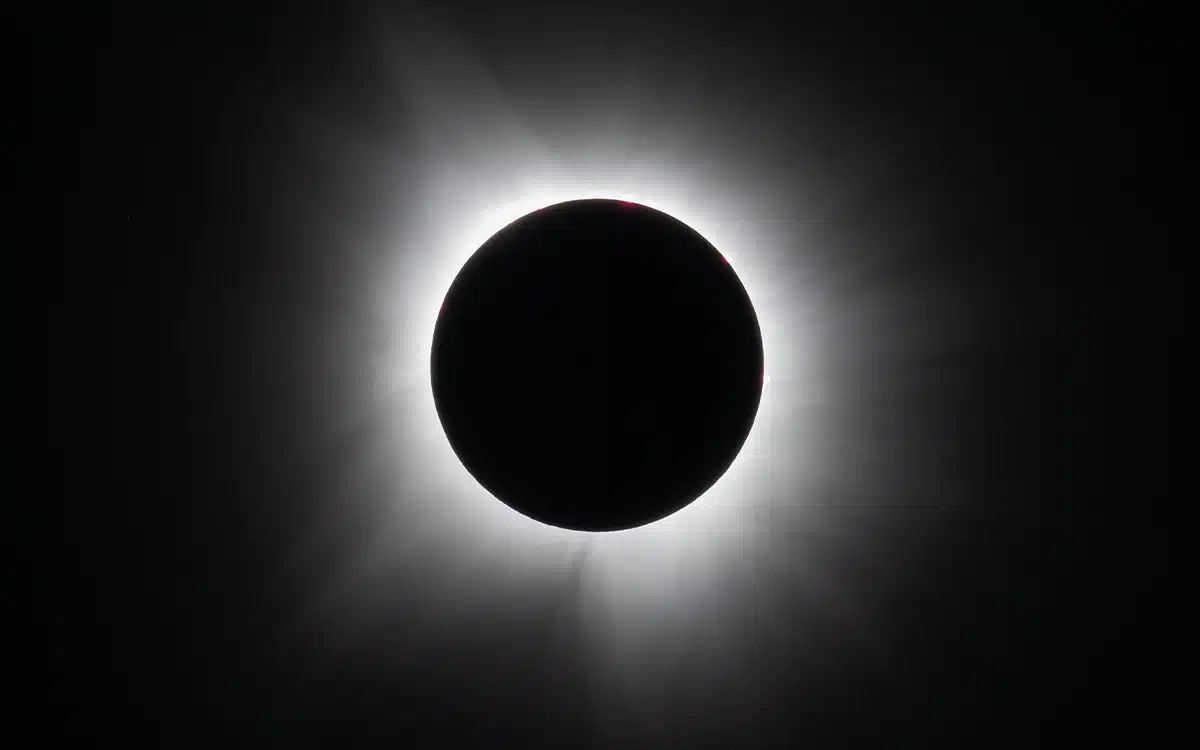Elon Musk shares spectacular rare view of the solar eclipse from a Starlink satellite in orbit
- Elon Musk shared a video on X showing the solar eclipse from space
- The footage came from a Starlink satellite in orbit
- Many others including astronauts aboard the ISS captured the event from space
Published on Apr 10, 2024 at 5:02 PM (UTC+4)
by Siddharth Dudeja
Last updated on Apr 10, 2024 at 5:36 PM (UTC+4)
Edited by
Tom Wood
The total solar eclipse was quite an event for North America, with everyone taking plenty of photos, and Elon Musk’s Starlink was no different.
It lasted about four minutes, and it was only the second eclipse for the US in the 21st century.
There’s no doubt that you will have seen loads of photos of the moon covering the sun taken from the Earth, but you probably haven’t seen one from this perspective.
READ MORE: NASA astronaut Loral O’Hara shares the ‘one thing I did not expect to see from space’
This video – shared by Elon Musk on X – shows how it looked from space.
Despite NASA warning everyone not to take direct photos of the eclipse using their phones, many did it anyway
Most of those photos ended up showing the same thing, though.
A view of the solar eclipse from space sounds better.
Similarly, footage from a Starlink satellite in Earth’s orbit showed a dark spot on our planet during the total solar eclipse.

The satellites were recording the event while also performing their day jobs, of course.
The video showed a beautiful view of the moon blocking the sun all over North America.
While other parts of the world around it were bright, there was a dark circular-ish spot.
This has been quite the year — from the sky lighting up due to space debris to the sky darkening over the US.

However, Musk’s Starlink wasn’t the only one to capture the rare event from space.
NASA and the European Space Agency (ESA) shared various photos and videos of the eclipse captured from space.
Moreover, astronauts aboard the International Space Station (ISS) also managed to bring out their inner photographers and capture photos of the rare event.
This was only the second eclipse of this century, and if you’re in North America, you will have to wait until 2044 to see the next one.
It’s even longer in some other places, so count yourself lucky if you’re in line to see that next one.
DISCOVER SBX CARS: The global premium car auction platform powered by Supercar Blondie






